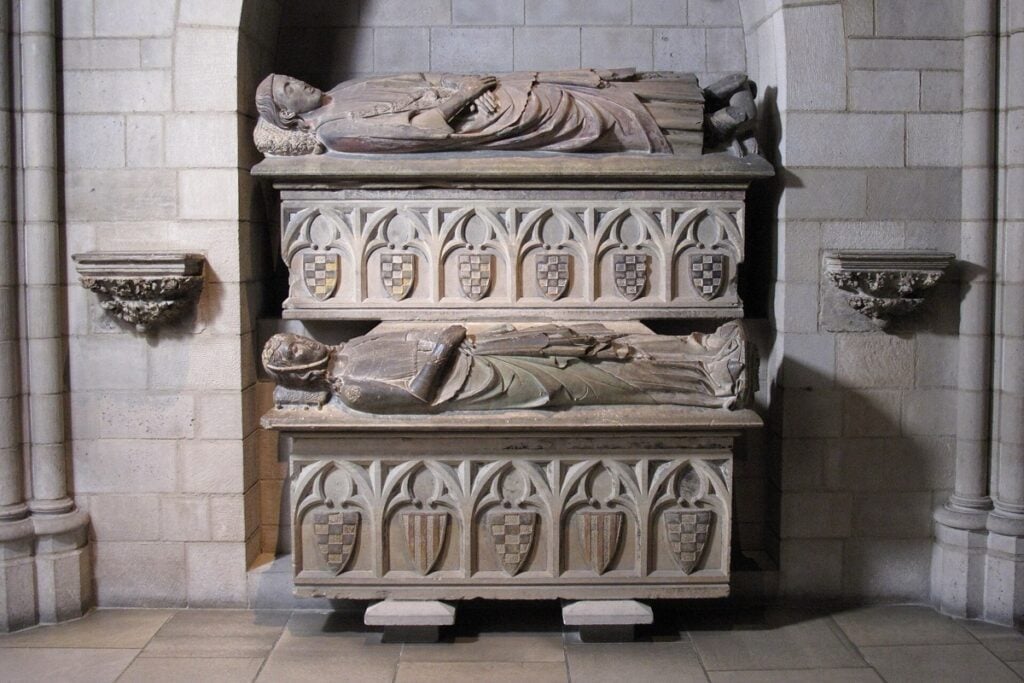The sarcophagus—once a prominent part of burial traditions in ancient Egypt, Greece, and Rome—carries a deep historical legacy. But does it still have a place in today’s world, or is it simply a relic of the past?
A Look Back: The Ancient Sarcophagus
Historically, a sarcophagus was much more than a coffin; it was a display of status, craftsmanship, and belief in the afterlife. These large, stone containers were often elaborately decorated, bearing intricate carvings, inscriptions, and symbols that offered protection and told the story of the deceased.
Sarcophagi in the Modern Era
Today, the concept of the sarcophagus hasn’t entirely vanished, but its function and symbolism have evolved. Here are some ways sarcophagi continue to influence or be used in modern contexts:
1. Art and Monuments
- In some cases, sarcophagi are repurposed as art pieces or monuments in museums and memorial parks. The rich carvings and historical significance make them valuable artifacts that connect modern society with ancient history.
- Artists occasionally draw inspiration from traditional sarcophagi when creating memorials or sculptures, particularly for historically significant figures.
2. High-Profile Burials
- Modern-day sarcophagi do exist, often used in high-profile or royal burials. These are typically large, heavy coffins made from stone or metal and are usually reserved for political leaders, royalty, or significant cultural figures.
- Contemporary sarcophagi are often custom-designed, focusing on durability and legacy, reflecting a family’s or individual’s status, similar to their ancient counterparts.
3. Cultural and Religious Significance
- In some cultures, particularly those with a strong historical or traditional influence, the sarcophagus is still part of burial practices. However, these are usually reserved for symbolic or ritual purposes.
- They are also sometimes used for reburials of historical figures when remains are moved to a new location or when significant archaeological discoveries are made.
Shifts in Modern Burial Practices
The typical use of a sarcophagus has faded due to the changes in burial practices over the centuries. Here are a few reasons why traditional sarcophagi are less common today:
1. Cremation and Space Constraints
- As cremation becomes a more popular and eco-friendly option, the need for large, space-consuming burial structures like sarcophagi has declined.
- Many modern cemeteries focus on space conservation, opting for smaller burial plots, which makes the use of a large stone sarcophagus impractical.
2. Cost and Practicality
- Sarcophagi are expensive to create and maintain. They require specialized craftsmanship, and transporting such heavy, bulky items adds additional costs. Most families opt for simpler, more affordable burial options.
- Maintenance over time can be a challenge, especially if the sarcophagus is kept outdoors, exposed to weather and erosion.
Modern Alternatives: Keeping the Spirit Alive
Though traditional sarcophagi are rare in everyday use, their spirit continues in various forms:
1. Mausoleums
- Mausoleums—private, above-ground tombs that often contain multiple coffins—have taken the place of sarcophagi in some cases. These are used to house remains in a similar protective and ceremonial manner.
- The mausoleum represents a modern twist on the idea of an above-ground, protected space for the deceased, echoing ancient traditions.
2. Customized Coffins
- Some families and individuals commission customized coffins with ornate designs, engraving, and even protective enclosures that pay homage to traditional sarcophagi.
- These coffins can be viewed as a scaled-down and more practical version, preserving the decorative and symbolic elements without the bulk.
The Sarcophagus: A Timeless Symbol
While the practical use of the sarcophagus may have faded, its influence is very much alive. The fascination with ancient burial practices continues to inspire art, architecture, and modern-day memorials, reminding us of the enduring human desire to honor and remember loved ones with dignity and style.
In essence, while traditional sarcophagi are largely a thing of the past, their influence remains evident in modern funerary customs, art, and high-profile memorials. As an architectural and cultural symbol, the sarcophagus still holds a place in the collective imagination, even if the stone versions are less frequently seen today.

